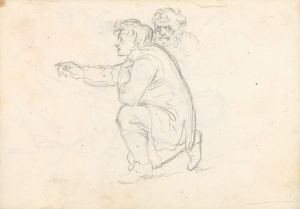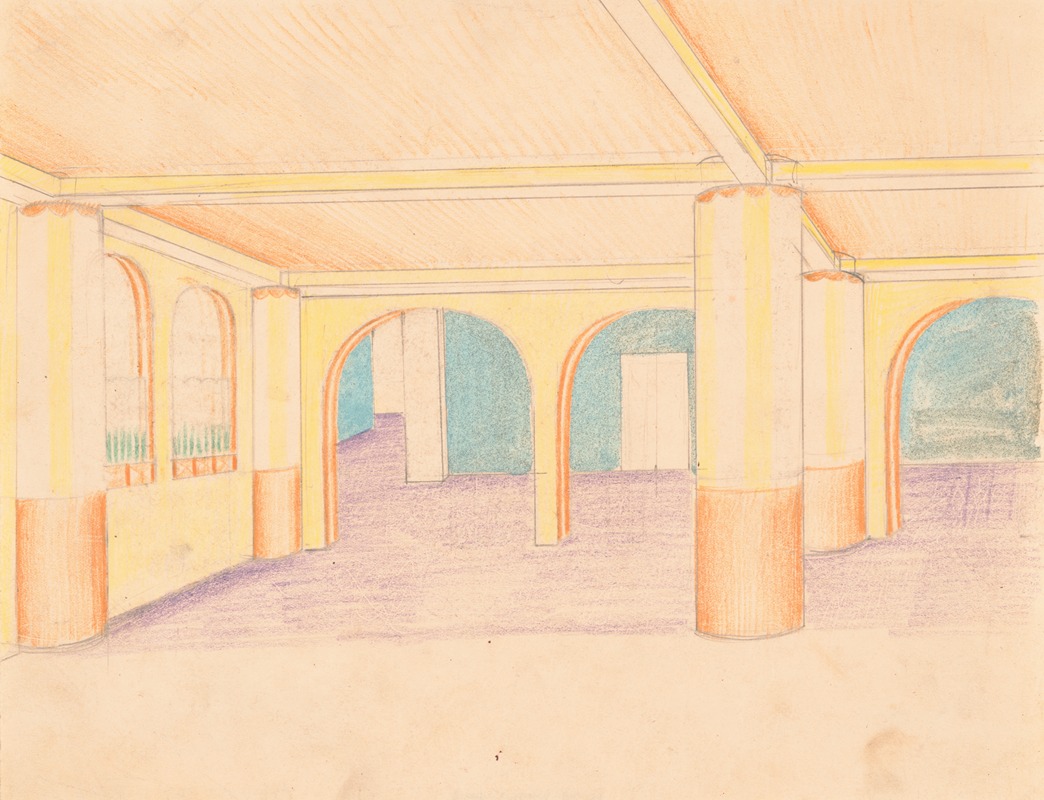
Interior design drawings for unidentified rooms.] [Sketch for interior, possibly hotel lobby
A hand-painted replica of Winold Reiss’s masterpiece Interior design drawings for unidentified rooms.] [Sketch for interior, possibly hotel lobby, meticulously crafted by professional artists to capture the true essence of the original. Each piece is created with museum-quality canvas and rare mineral pigments, carefully painted by experienced artists with delicate brushstrokes and rich, layered colors to perfectly recreate the texture of the original artwork. Unlike machine-printed reproductions, this hand-painted version brings the painting to life, infused with the artist’s emotions and skill in every stroke. Whether for personal collection or home decoration, it instantly elevates the artistic atmosphere of any space.
Winold Reiss (1886–1953) was a German-American artist and designer known for his contributions to interior design and his distinctive style that blended European and American influences. Reiss was born in Karlsruhe, Germany, and studied at the Royal Academy of Fine Arts in Munich. He immigrated to the United States in 1913, where he became a prominent figure in the art and design community.
Reiss's work spanned various mediums, including painting, graphic design, and interior design. He is particularly noted for his portraits of Native Americans and African Americans, as well as his work in designing interiors for public spaces such as hotels, restaurants, and train stations. His style often incorporated elements of Art Deco and modernism, characterized by bold colors, geometric patterns, and a keen attention to detail.
The sketch titled "Interior design drawings for unidentified rooms" and "Sketch for interior, possibly hotel lobby" is attributed to Winold Reiss. While specific details about this particular work are limited, it is consistent with Reiss's known approach to interior design. His designs often featured vibrant color schemes and intricate patterns, aiming to create spaces that were both functional and aesthetically pleasing.
Reiss's work in interior design was highly regarded during his lifetime, and he received numerous commissions for high-profile projects. One of his most famous projects was the design of the interiors for the Cincinnati Union Terminal, completed in 1933. This project showcased his ability to integrate art and architecture, as he created large mosaic murals that depicted the history and culture of Cincinnati.
In addition to his work in public spaces, Reiss also designed interiors for private residences and commercial establishments. His designs often reflected a deep understanding of the cultural and historical context of the spaces he worked on, and he was known for his ability to blend different artistic traditions into cohesive and innovative designs.
Reiss's legacy in the field of interior design is significant, as he helped to shape the aesthetic of early 20th-century American interiors. His work continues to be studied and appreciated for its artistic merit and its contribution to the development of modern interior design.
While the specific details of the "Sketch for interior, possibly hotel lobby" remain unidentified, it is likely representative of Reiss's broader body of work, which sought to harmonize artistic expression with practical design considerations. His influence can be seen in the continued appreciation of Art Deco and modernist design elements in contemporary interior design.





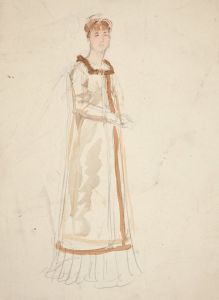
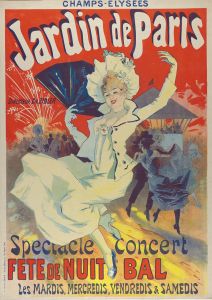
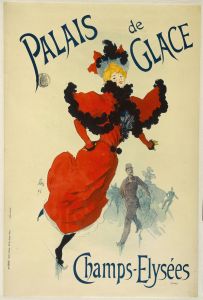
![Graphic designs for the Presidents Room of the ‘Knickerbocker’ Longchamps Restaurant, 41st Street and 1450 Broadway, New York, NY.] [Portrait of Lincoln](/imgs/249258/s/winold-reiss-graphic-designs-for-the-presidents-room-of-the-knickerbocker-longchamps-restaurant-41st-street-and-1450-broadway-new-york-ny-portrait-of-lincoln-e2174e99.jpg)
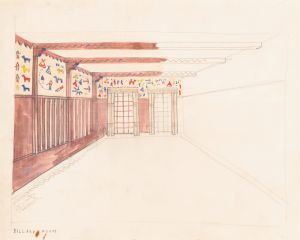

![Design proposals for Puck Theater, New York, NY.] [Interior perspective study](/imgs/249305/s/winold-reiss-design-proposals-for-puck-theater-new-york-ny-interior-perspective-study-616c8d27.jpg)
![Designs for Modern Hotel Suite, Du Pont Biltmore Hotel, Wilmington, Delaware.] Colour chart for Suite 210](/imgs/249317/s/winold-reiss-designs-for-modern-hotel-suite-du-pont-biltmore-hotel-wilmington-delaware-colour-chart-for-suite-210-70bfb090.jpg)
![Designs for the Puck Theater , New York, NY.] [Exterior perspective study](/imgs/249327/s/winold-reiss-designs-for-the-puck-theater-new-york-ny-exterior-perspective-study-df16fd5a.jpg)
![Interior design drawings for unidentified rooms.] [Sketch for interior with green coloring and floral pattern on wall](/imgs/249360/s/winold-reiss-interior-design-drawings-for-unidentified-rooms-sketch-for-interior-with-green-coloring-and-floral-pattern-on-wall-dbc59d48.jpg)
![Interior design drawings for unidentified rooms.] [Sketch for unidentified room with silver wall and ceiling](/imgs/249362/s/winold-reiss-interior-design-drawings-for-unidentified-rooms-sketch-for-unidentified-room-with-silver-wall-and-ceiling-af719bb9.jpg)
![Interior design sketches for Alamac Hotel, 71st and Broadway, New York, NY.] [Incomplete interior perspective of a bathroom](/imgs/249364/s/winold-reiss-interior-design-sketches-for-alamac-hotel-71st-and-broadway-new-york-ny-incomplete-interior-perspective-of-a-bathroom-32ad90aa.jpg)
![Proposed treatment for roller rink, Elizabeth, N.J.] [Wall elevations, alpine scheme](/imgs/249388/s/winold-reiss-proposed-treatment-for-roller-rink-elizabeth-nj-wall-elevations-alpine-scheme-cb9ccbaa.jpg)
